
The Dexter Avenue Baptist Church, where Dr. Martin Luther King served as pastor, stands just around the corner, literally in the shadow of the capitol building that was the birthplace of The Confederacy and site of George Wallace’s famous “segregation now, segregation tomorrow, segregation forever” speech.
Obviously the atmosphere was pretty charged around here back in the early sixties when advocates began to arrive from around the country to stand up to segregation and register African Americans to vote.
This led to some of the most extreme violence perpetrated during the entire movement, most notably the beating of Freedom Riders as they arrived in Montgomery to integrate bus service and depots in 1961, and Bloody Sunday at the Selma to Montgomery Marches for voting rights in ’65.

One of the lesser known participants in the marches was Viola Liuzzo. After the final march Viola volunteered to drive people back to Montgomery from Selma and committed the unforgivable act of being a white woman in a car with a black man. Nothing got a bigot’s blood to boiling like that.
So four Klansmen chased the car down Highway 80 and about halfway between the two towns, pulled up beside the car and shot Viola four times in the head. Even though one of the shooters was a known FBI informant, not one of the murderers was convicted by their all white juries. In 1991 the Women of the Southern Christian Leadership Conference placed a marker for Mrs. Liuzzo near the highway at the site of the shooting.
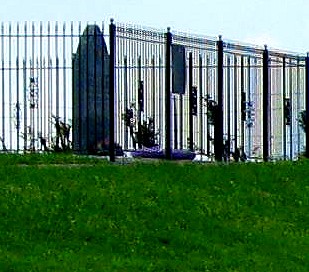
We felt that we should see it, so we stopped on our way to Selma. We wanted to cover the exact route of the Selma to Montgomery Marches (though we were going backward), to get a real feel for what happened there.
We had to watch closely, the marker can be easy to miss, as we did on our first pass. But after doubling back we found it. In a sad commentary as to how far we still have to go, the marker has been knocked down and defaced, often by painting Confederate flags on it, many times.
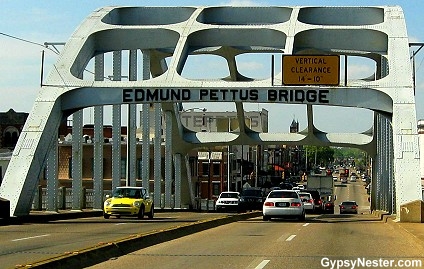
We entered Selma at the Edmund Pettus Bridge, scene of Bloody Sunday, when 600 marchers were beaten and gassed as they tried to cross the bridge on their first attempt at marching to Montgomery.
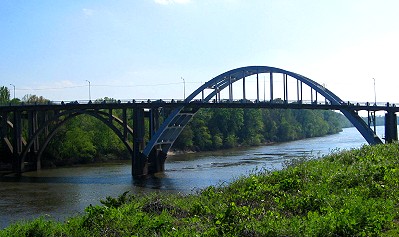
Two days later Dr. King led another march, this time only planning to go as far as the bridge, to prove the point that they had the legal right to do so on the authority of a Federal District Court Judge.
The third march left Selma two Sundays after the first try, with just over three thousand people. They walked about twelve miles a day, sleeping in fields along the way, until they reached Montgomery four days later. By the time they marched up to the capitol building the group had grown to 25,000. But later that night the murder of Mrs. Liuzzo marred the success.
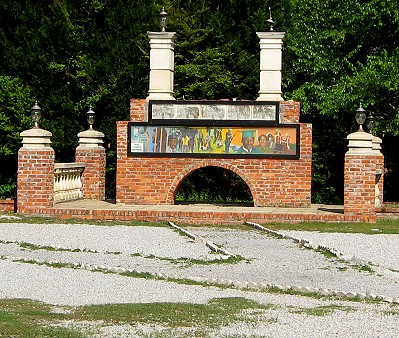
Before we crossed the bridge into Selma, we pulled off to see the small memorial below the eastern entrance, but it was in a sad state of repair.
Once across we were a little surprised by the lack of acknowledgement the town of Selma seems to have for these events and the civil rights movement in general.
With banners hanging from the lampposts reading: “Historic Places, Social Graces,” the city seemed to want to play up its Southern charm more than any of its more recent history. I guess we can’t blame them too much, it wasn’t pretty, but it still struck us as strange after seeing the beautiful tributes in Montgomery.
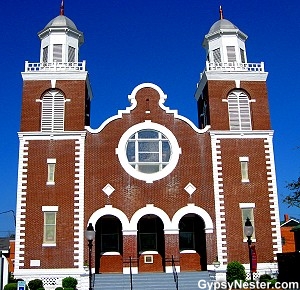
The two biggest landmarks from the movement in Selma, the Edmund Pettus Bridge and the Brown Chapel African Methodist Episcopal Church, have not changed much over the decades, so we parked and set out on foot to retrace the route of the marchers from the bridge back to the church that had served as the starting place for all three of the Selma to Montgomery Marches.
As we walked up Martin Luther King, Jr. Street we were struck by how much everything looked like the pictures taken fifty years earlier. Other than the street being paved, The George Washington Carver Homes where many of the marchers lived and took in participants from out of town, including Viola Liuzzo, looked exactly the same. Sometimes progress isn’t readily visible. We were ready to move on.
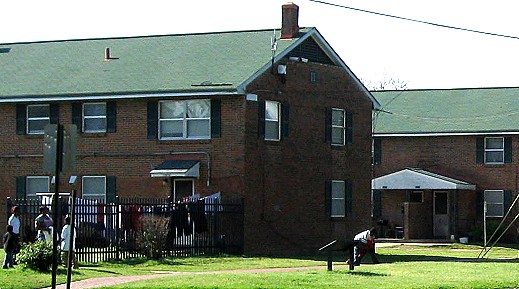
David & Veronica, GypsyNester.com
Read more about our trip through Birmingham, Montgomery and Selma with more photos and videos by visiting “Following the Freedom March in Alabama.”



Like!! Really appreciate you sharing this blog post.Really thank you! Keep writing.